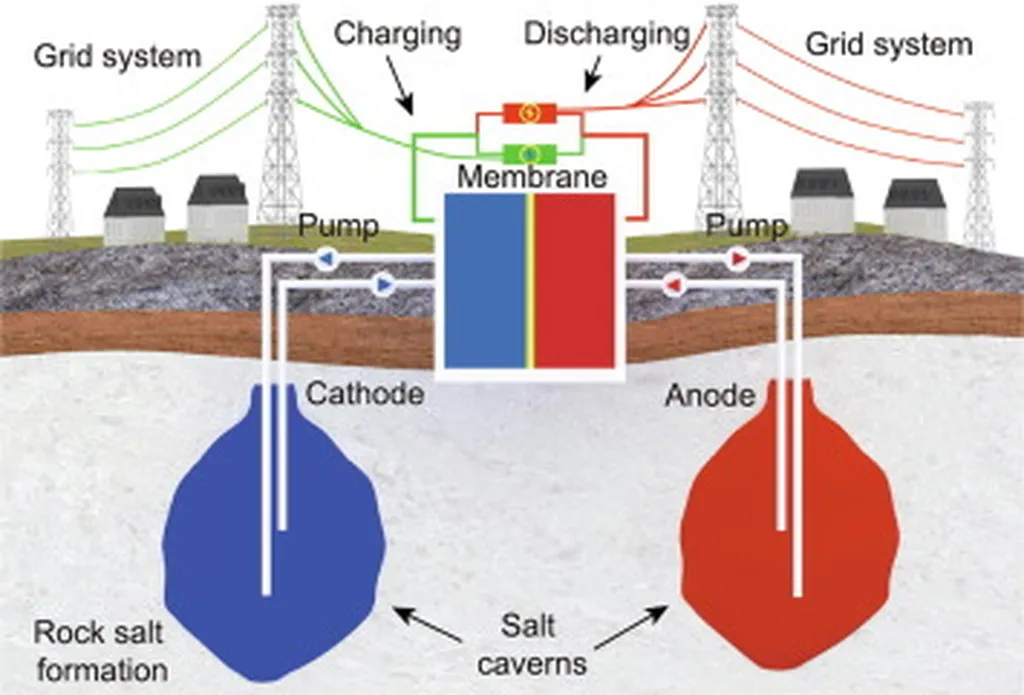In the heart of China’s Shandong province, researchers are unraveling the secrets of rock behavior, and their findings could significantly impact underground engineering and the energy sector. Dr. WANG Gang, from the Shandong Key Laboratory of Civil Engineering Disaster Prevention and Mitigation at Shandong University of Science and Technology, has been leading a team investigating the shear mechanical properties of non-penetrating jointed rock masses. Their work, published in the Journal of Mining Science (矿业科学学报, translated), is shedding light on how different joint characteristics influence rock behavior, with profound implications for mining and energy infrastructure.
The team’s research combines laboratory direct shear tests and numerical simulations to study how joint apertures, connectivity rates, and normal stresses affect rock masses. “Understanding these factors is crucial for the stability and safety of underground constructions,” Dr. WANG explains. The study reveals that as joint apertures and connectivity rates increase, the peak shear strength of rock masses decreases, while normal stress has the opposite effect.
The research identifies three distinct types of shear stress-shear displacement curves, each providing unique insights into rock behavior. Type I curves, for instance, show a pre-peak ascending and post-peak climbing pattern, indicating a specific failure mechanism. “These findings help us predict how rock masses will behave under different conditions,” says Dr. WANG. This predictive capability is invaluable for designing safer and more efficient underground structures.
The study also highlights the importance of stress concentration at joint ends and crack extension areas. As joint connectivity rates and apertures increase, so does the degree of stress concentration, which can lead to failure. “By understanding these stress patterns, we can better design support systems and prevent catastrophic failures,” Dr. WANG adds.
The implications for the energy sector are substantial. Underground energy storage, mining, and geothermal energy projects all rely on a deep understanding of rock mechanics. Dr. WANG’s research provides a more comprehensive picture of how rock masses behave, enabling engineers to design more robust and efficient structures.
Moreover, the study’s findings could lead to more accurate risk assessments and cost savings. By predicting how rock masses will respond to different conditions, engineers can avoid potential pitfalls and optimize their designs. “This research is a step towards safer and more economical underground engineering,” Dr. WANG concludes.
As the energy sector continues to evolve, the need for stable and efficient underground structures will only grow. Dr. WANG Gang’s research offers a crucial piece of the puzzle, helping to shape the future of underground engineering and energy infrastructure. With further studies and practical applications, this work could revolutionize how we approach underground constructions, making them safer, more reliable, and more cost-effective.

